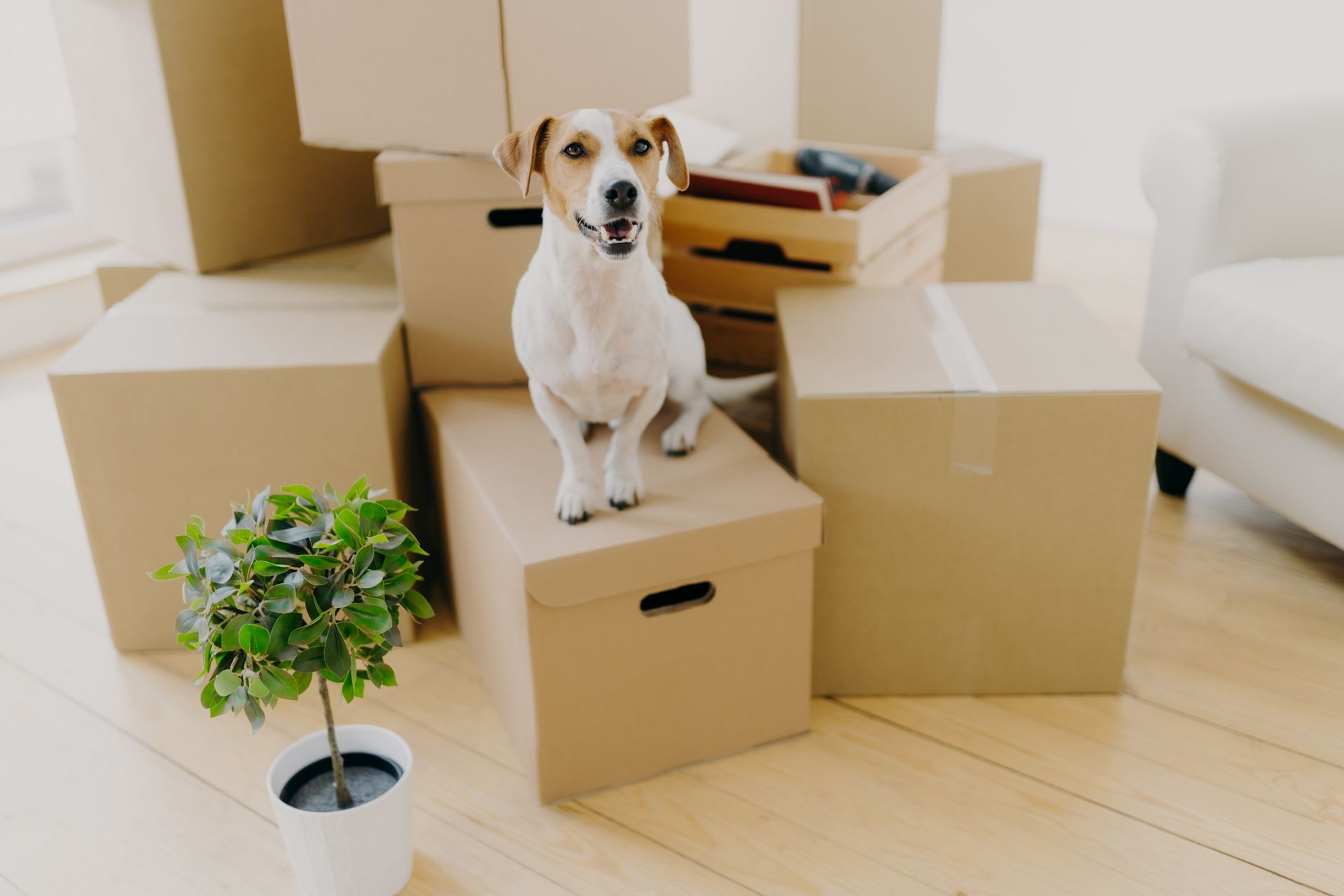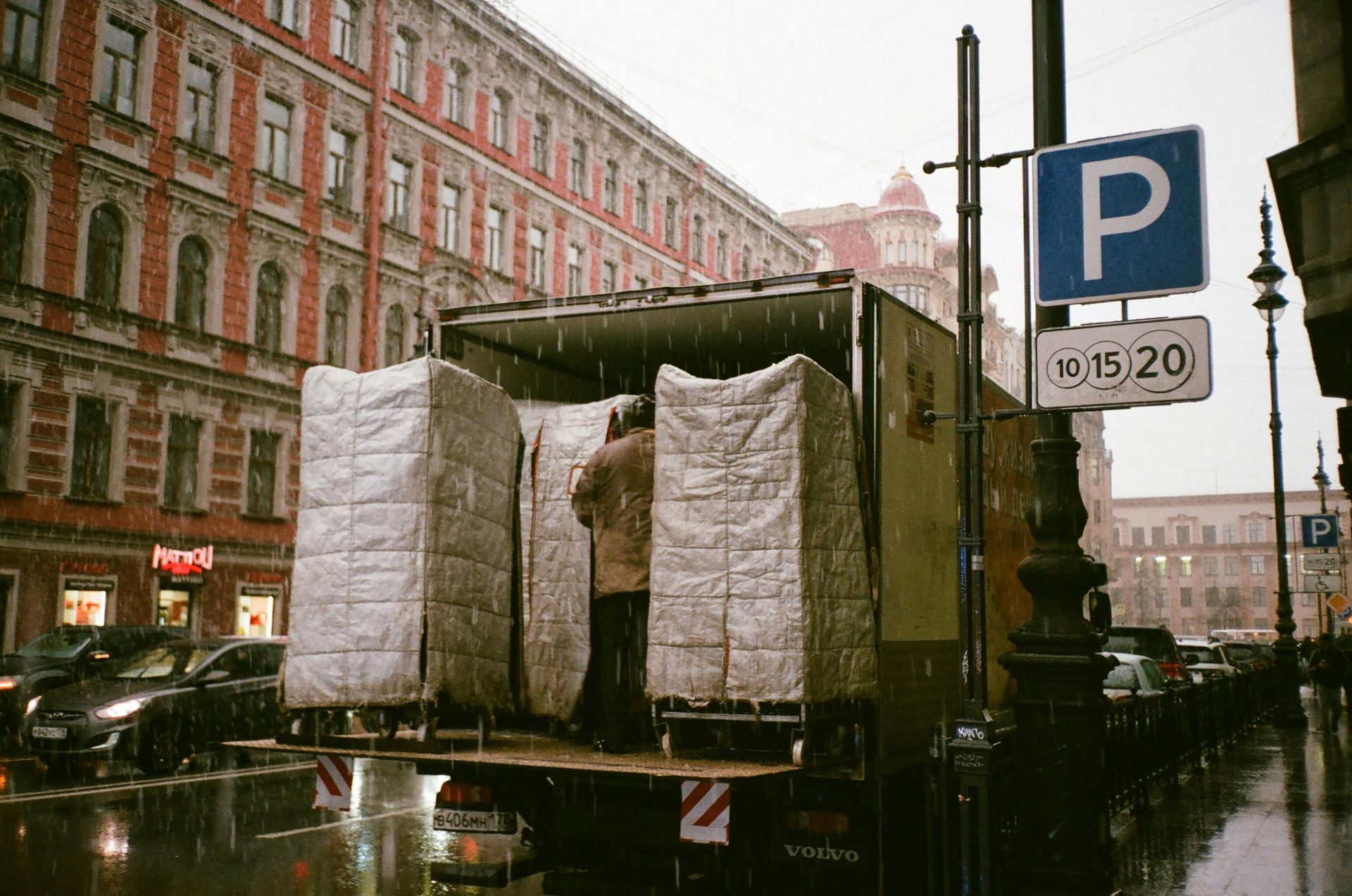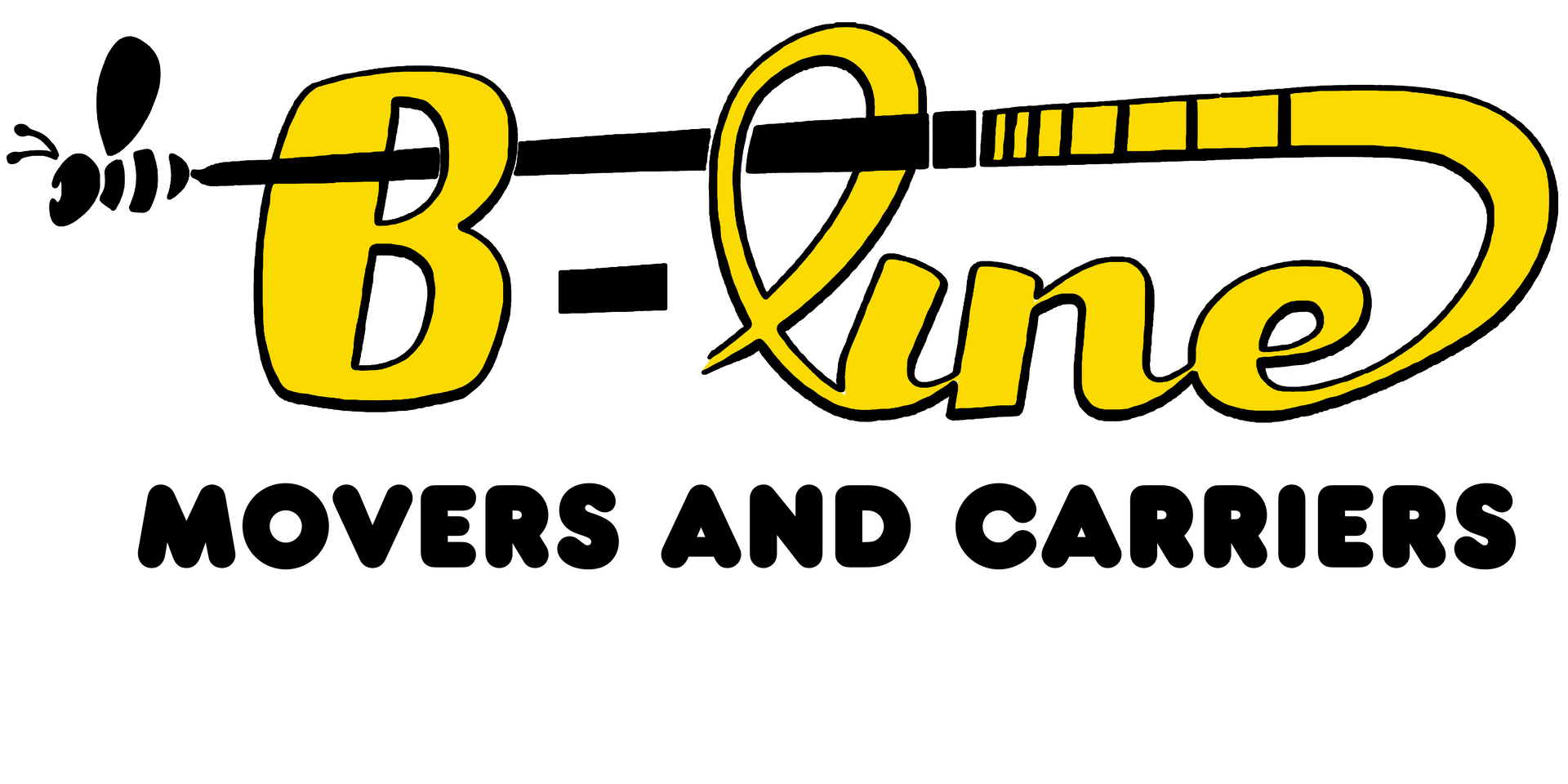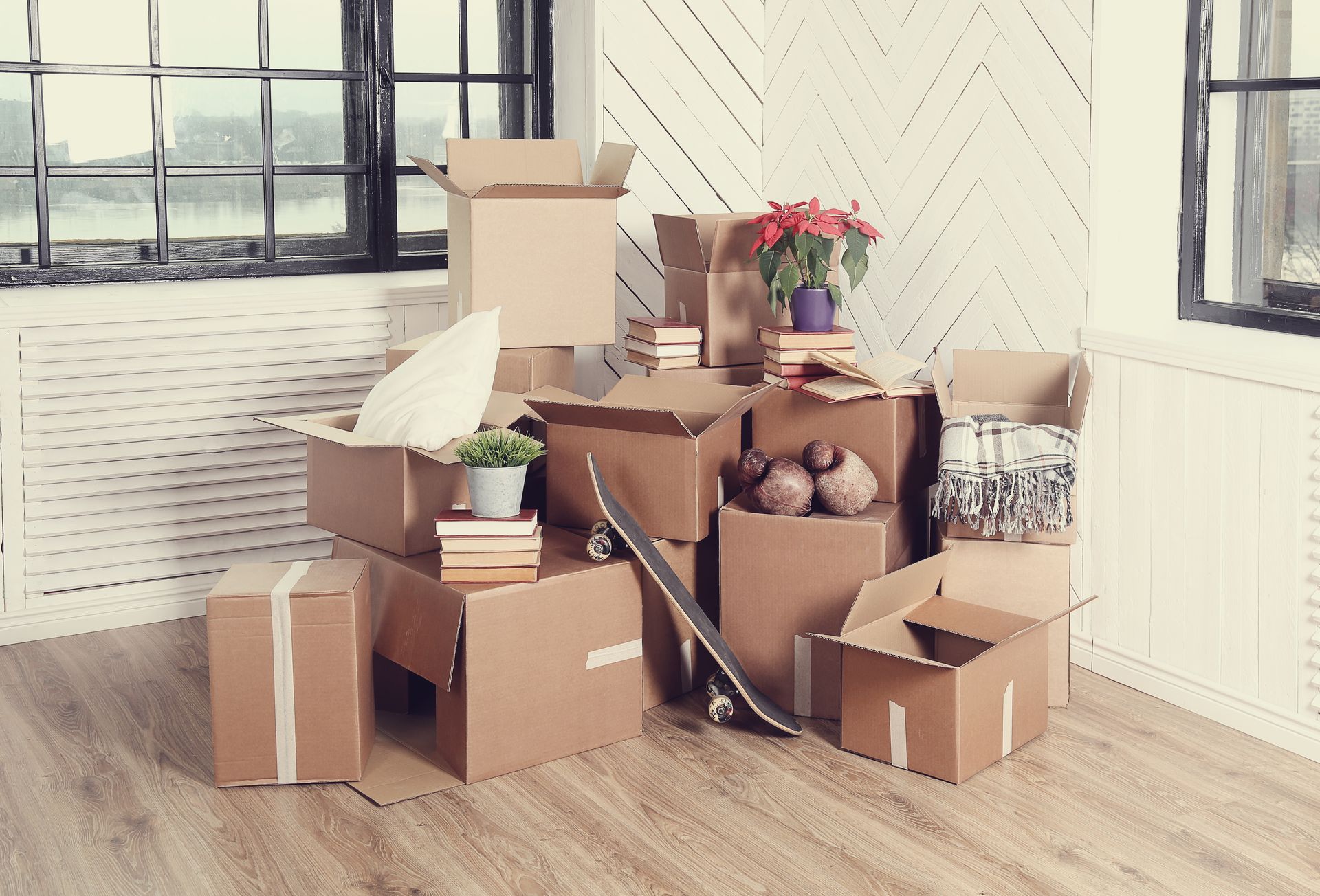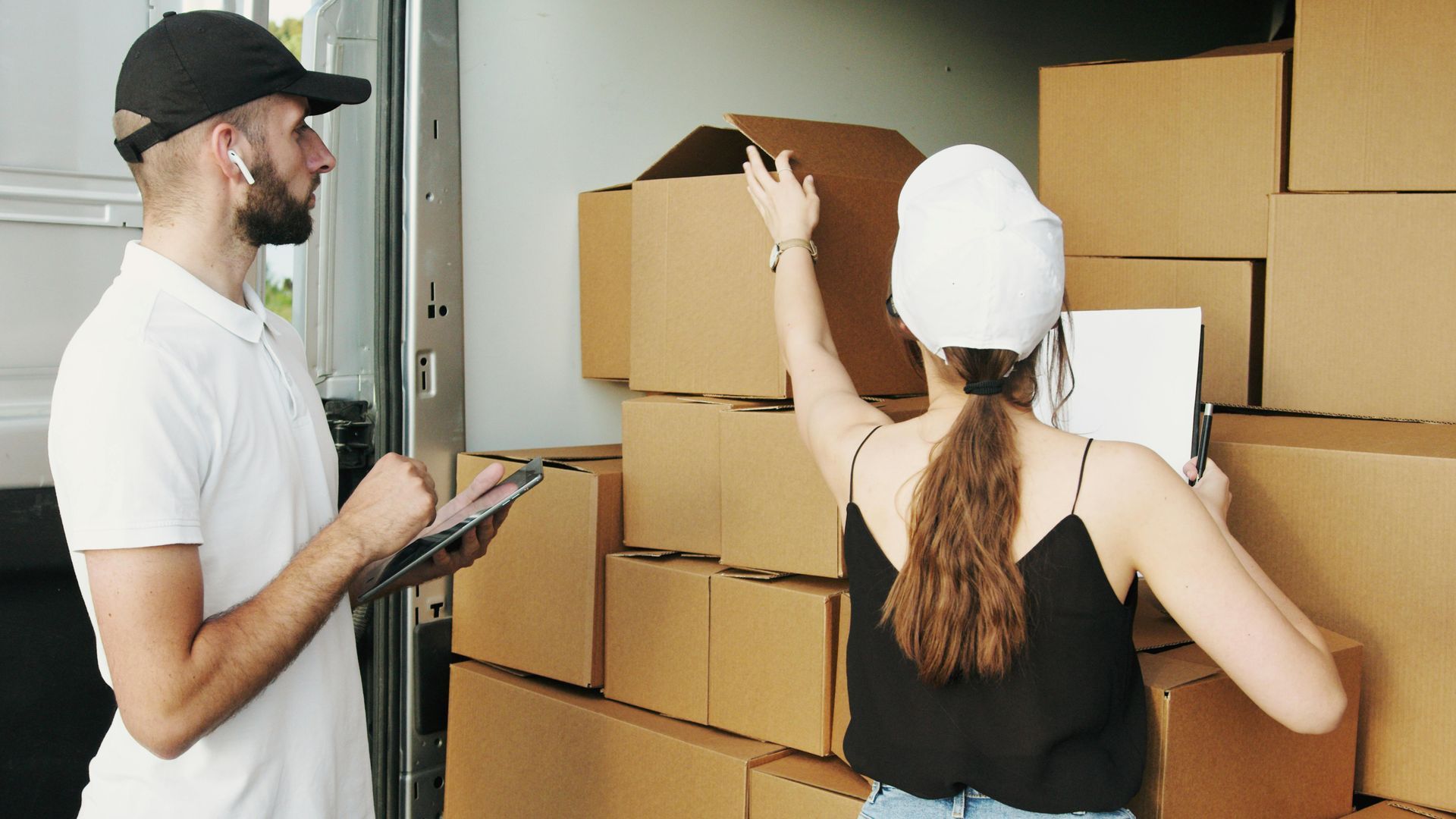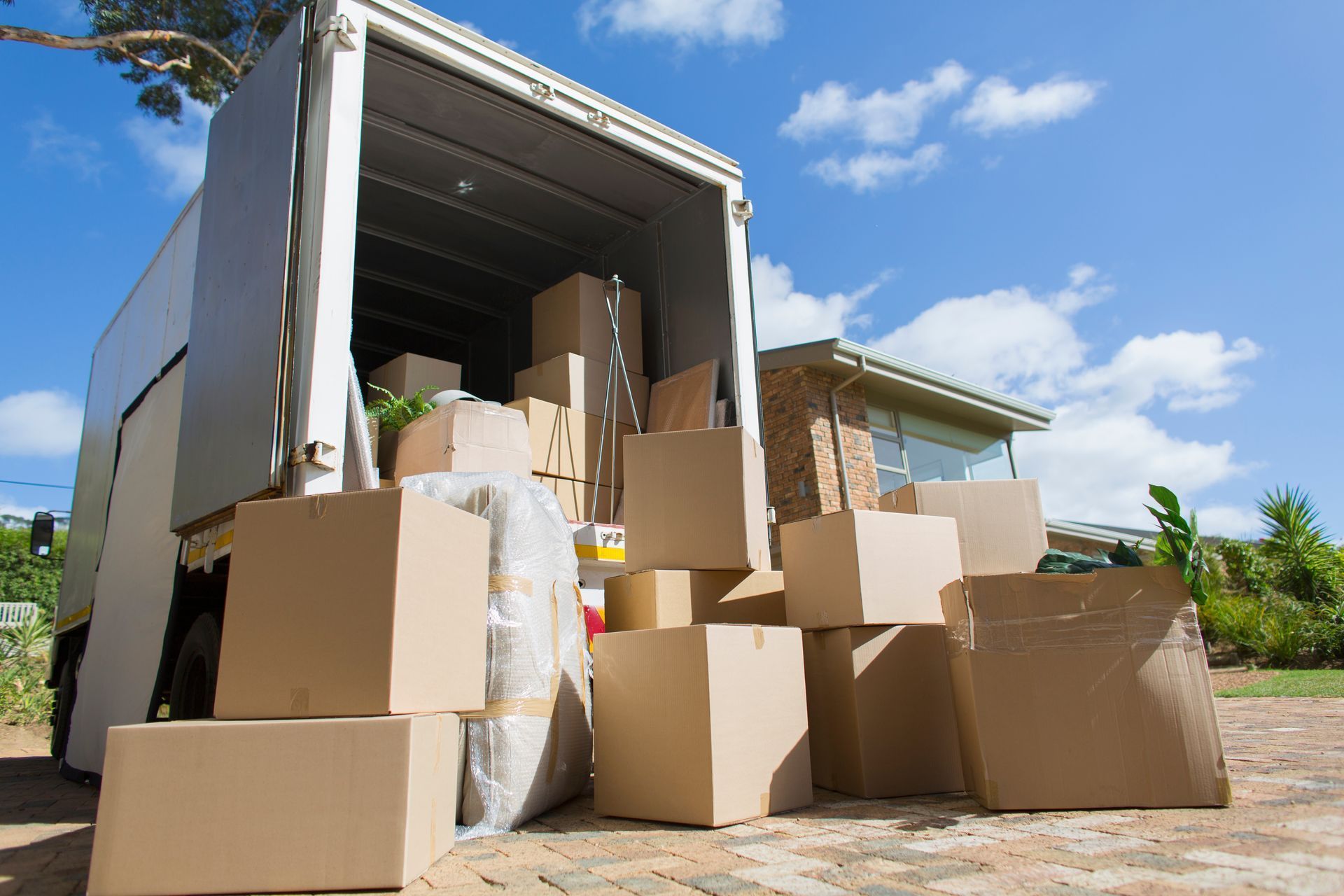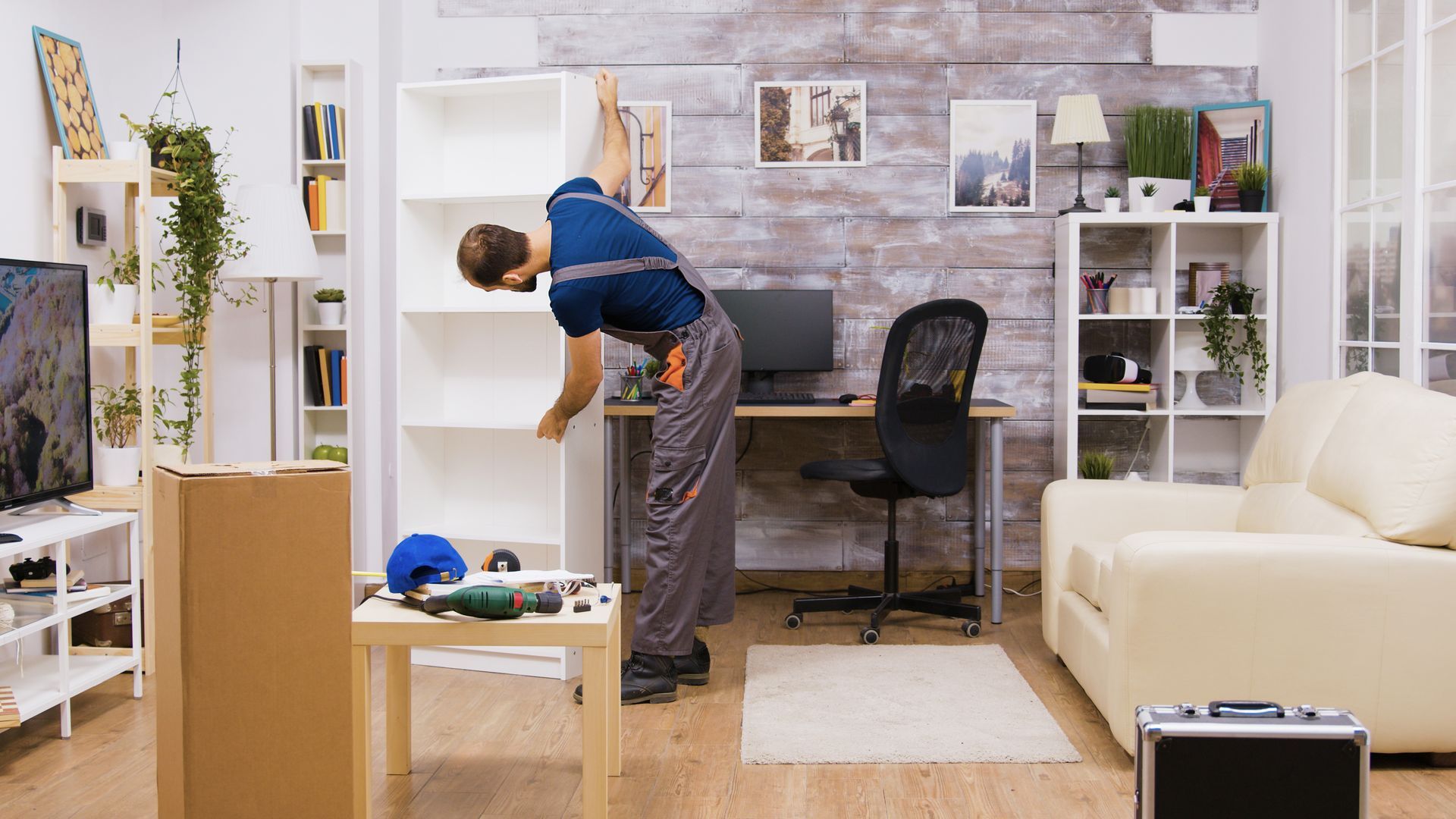BUSY B-LINE MOVERS AND CARRIERS
The Ultimate Guide to Packing Efficiently for a Move
Relocating to a new residence can evoke feelings of excitement, yet it can also bring about stress. You have to deal with a lot of logistics, paperwork, and expenses. And then there's the packing. How do you pack everything you own in an organized and efficient way, without wasting time, money, or space?
In this guide, we will share some tips and tricks on how to pack efficiently for a move, whether you are moving across the street or the country. By following these steps, you will be able to pack like a pro and make your move easier and smoother. Let's get started!
How to Declutter and Sort Your Belongings
The first step to packing efficiently is to declutter and sort your belongings. This will help you get rid of the things you don't need or want, and make it easier to pack the things you do. Here are some tips on how to declutter and sort your belongings:
- Start early. Don't wait until the last minute to start decluttering and sorting. Give yourself enough time to go through each room and category of items, and decide what to keep, sell, donate, or throw away.
- Use the four-box method. Get four boxes or bags and label them as "keep", "sell", "donate", and "trash". As you go through your belongings, put each item in one of the boxes. Be honest and ruthless with yourself. If you haven't used or worn something in a year, or if it doesn't fit, work, or spark joy, get rid of it.
- Follow the one-year rule. A good rule of thumb is to get rid of anything that you haven't used or worn in the past year. Chances are, you won't miss it or need it in your new home. Exceptions can be made for sentimental or seasonal items, but be selective and realistic.
- Sell or donate what you can. If you have items that are still in good condition and have some value, you can try to sell them online or at a garage sale or donate them to a local charity or thrift store. This way, you can make some extra cash or help someone in need, while reducing the amount of stuff you have to pack and move.
- Recycle or dispose of the rest. If you have items that are broken, damaged, or expired, you can recycle or dispose of them properly. Check your local regulations for how to handle hazardous or bulky items, such as batteries, paint, or furniture. Don't just dump them in the trash or leave them on the curb.
How to Choose the Right Packing Materials and Supplies
The next step to packing efficiently is to choose the right packing materials and supplies. This will help you protect your items from damage, and save you time and money. Here are some tips on how to choose the right packing materials and supplies:
- Get sturdy and appropriately sized boxes. You will need different sizes of boxes for different types of items. Generally, you want to use small boxes for heavy items, such as books or tools, and large boxes for light items, such as pillows or blankets. You also want to use sturdy and durable boxes that can withstand the weight and pressure of your items. You can get new or used boxes from moving companies, online retailers, or local stores. Just make sure they are clean, dry, and in good condition.
- Get other essential packing supplies. Besides boxes, you will also need other packing supplies, such as tape, scissors, bubble wrap, packing paper, markers, labels, and ziplock bags. These will help you seal, cushion, wrap, and label your items. You can buy these supplies from moving companies, online retailers, or local stores, or you can use what you have at home, such as newspapers, towels, or sheets.
- Use specialty boxes or containers for fragile or valuable items. If you have items that are fragile or valuable, such as dishes, glasses, artwork, or jewelry, you may want to use specialty boxes or containers that are designed to protect them. For example, you can use dish packs, wardrobe boxes, picture boxes, or jewelry boxes. You can also use your containers, such as suitcases, backpacks, or plastic bins, as long as they are sturdy and secure.
- Avoid overpacking or underpacking your boxes.
You want to pack your boxes in a way that they are not too heavy or too light. If they are too heavy, they may break or injure you or the movers. If they are too light, they may collapse or shift during transport. A good rule of thumb is to pack your boxes so that they weigh no more than 50 pounds, and so that they are full but not overflowing.
How to Pack Different Types of Items, From Clothes to Electronics
The third step to packing efficiently is to pack different types of items, from clothes to electronics. This will help you organize and optimize your packing process, and avoid damage or loss of your items. Here are some tips on how to pack different types of items:
- Pack clothes in drawers, suitcases, or vacuum bags. You don't have to take your clothes out of your drawers or closets. You can simply leave them in your drawers and secure them with tape or plastic wrap, or you can transfer them to suitcases or vacuum bags. This will save you time and space, and keep your clothes clean and wrinkle-free.
- Pack books in small boxes or bags. Books are heavy, so you want to pack them in small boxes or bags that are easy to carry and stack. You can also use backpacks, tote bags, or luggage for books. You can pack books flat or upright, but make sure they are snug and stable. You can also use books as fillers for empty spaces in other boxes.
- Pack dishes and glasses in dish packs or boxes with dividers. Dishes and glasses are fragile, so you want to pack them in dish packs or boxes with dividers that are designed to protect them. You also want to wrap each item individually with bubble wrap or packing paper and fill any gaps with crumpled paper or towels. You can also use plates as separators for pots and pans, and cups as holders for utensils.
- Pack electronics in their original boxes or padded boxes. Electronics are valuable and sensitive, so you want to pack them in their original boxes or padded boxes that are designed to protect them. You also want to wrap each item with bubble wrap or packing paper and secure any cords or accessories with ziplock bags or tape. You can also use towels or blankets as cushions for electronics.
- Pack miscellaneous items in clear plastic bins or bags. Miscellaneous items are things that don't fit into any category, such as toys, games, tools, or decorations. You can pack them in clear plastic bins or bags that are easy to see and access. You can also label them with their contents and destination room, and group them by theme or function.
How to Label and Load Your Boxes for Easy Transport and Unpacking
The final step to packing efficiently is to label and load your boxes for easy transport and unpacking. This will help you keep track of your items, and make your move faster and smoother. Here are some tips on how to label and load your boxes:
- Label your boxes clearly and consistently. You want to label your boxes with their contents and destination room, and any special instructions, such as "fragile", "heavy", or "this side up". You can use markers, labels, stickers, or color codes to label your boxes. You can also use a numbering system to keep track of how many boxes you have and where they are.
- Load your boxes strategically and securely. You want to load your boxes in a way that maximizes the space and minimizes the movement of your items. You can use the following guidelines to load your boxes:
- Load the heaviest and largest boxes first, and place them at the bottom and back of the truck or vehicle. This will create a stable base and prevent them from crushing or sliding.
- Load the lightest and smallest boxes last, and place them at the top and front of the truck or vehicle. This will fill any gaps and prevent them from falling or shifting.
- Load the boxes with fragile or valuable items separately, and place them in a safe and secure spot, such as the cab or the trunk. This action will shield them from potential harm or theft.
- Load the boxes with essential or frequently used items last, and place them in an accessible and visible spot, such as the door or the window. This will make it easier to find and unpack them.
Need Help With Moving Homes? Contact BeelinE Hauling & Moving Now!
Packing efficiently for a move can be challenging, but not impossible. By following these four steps, you will be able to pack like a pro and make your move easier and smoother. You will also save time, money, and space, and enjoy your new home sooner.
However, if you still feel overwhelmed or need some help with your packing or moving, you can always contact
Beeline Moving & Hauling, a professional and reliable moving company located in Goshen, NY. We offer a
range of services, such as packing, loading, transporting, unloading, and unpacking, to make your move hassle-free and enjoyable. We also have a friendly and experienced team, a fleet of well-maintained trucks, and affordable and transparent pricing. You can call them at
(845) 419-4976 to get a free quote or book a service.
FAQ

